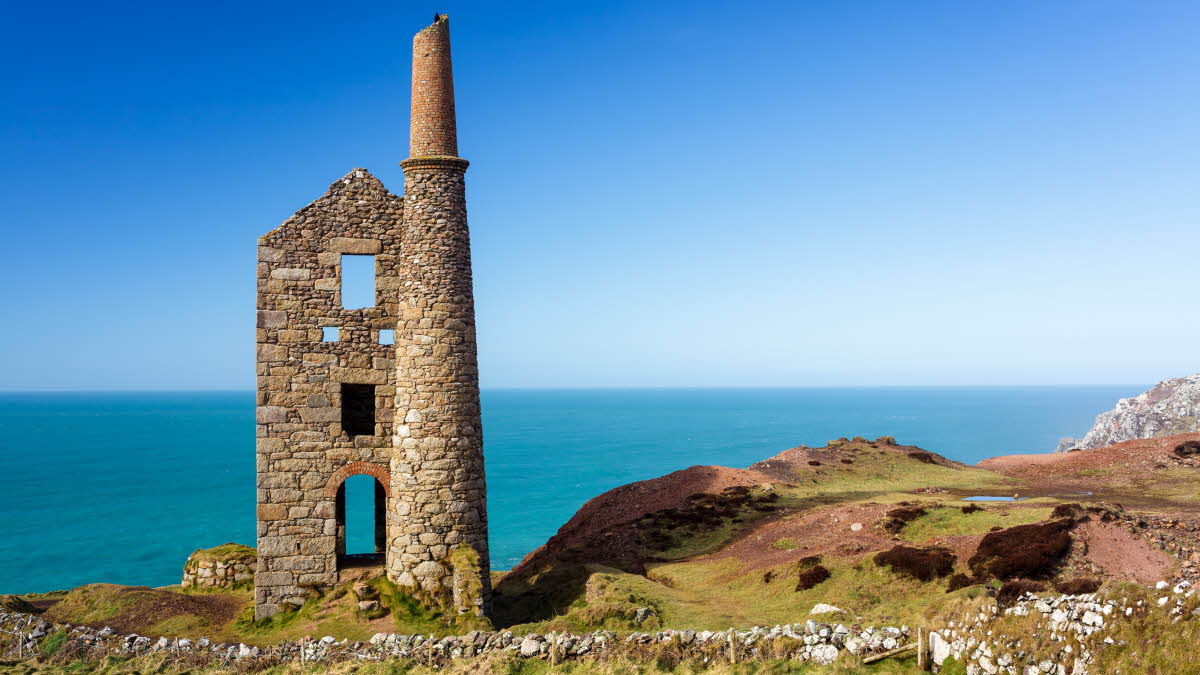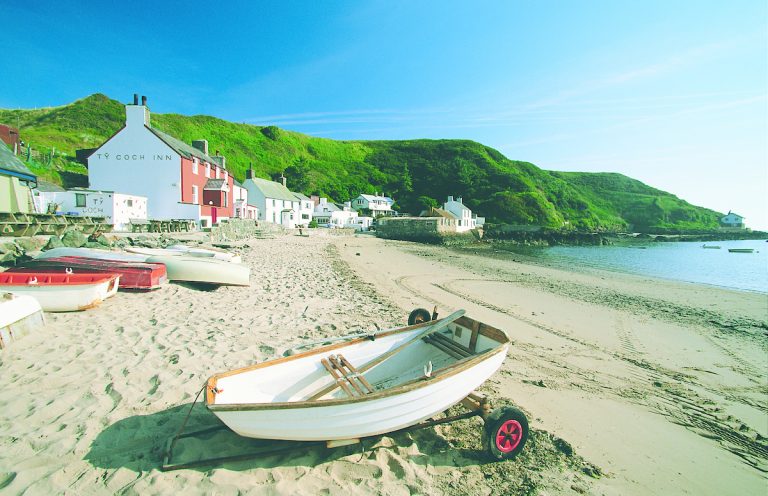Located on the rugged north coast of Cornwall, St Agnes Head is a dramatic headland offering panoramic sea views, historic mining remnants, and unforgettable coastal walks. Part of the Cornwall Area of Outstanding Natural Beauty (AONB) and the Cornish Mining World Heritage Site, it’s a must-visit for hikers, photographers, and nature lovers exploring the St Agnes Heritage Coast.
In this guide, discover everything you need to know about St Agnes Head, including how to get there, what to see, and tips for making the most of your coastal adventure.
Where Is St Agnes Head?
St Agnes Head is situated just north of St Agnes village, on the South West Coast Path. It’s easily accessible by foot, bike, or car, and is part of the St Agnes and Perranporth SSSI (Site of Special Scientific Interest) due to its rich geology and wildlife.
- Postcode (nearby parking): TR5 0ST
- Parking: Free National Trust car park near the headland
- Walking distance from St Agnes village: ~30 minutes
Things to See at St Agnes Head
Clifftop Views
Marvel at towering granite cliffs, turquoise coves, and sweeping views across the Atlantic Ocean. On clear days, you can see as far as Trevose Head to the north and St Ives Bay to the south.
Sunrise and sunset are especially magical from St Agnes Head.
Mining Heritage
St Agnes Head is part of the Cornish Mining UNESCO World Heritage Site. You’ll spot the atmospheric remains of:
- Wheal Coates tin mine
- Engine houses perched dramatically on the cliffs
- Mining trails once used by horse-drawn carts
Wildlife Watching
This area is rich in flora and fauna:
- Seabirds such as fulmars, gannets, and razorbills
- Occasional sightings of peregrine falcons and choughs
- In summer, look for wildflowers and rare butterflies
- Offshore, you might even spot seals or dolphins
Hiking the South West Coast Path
St Agnes Head is a prime location on the South West Coast Path.
Recommended routes:
- St Agnes Head to Chapel Porth – 2.5 miles return, moderate difficulty
- St Agnes to Porthtowan – 4.5 miles one-way, stunning cliffside views
- Circular Walk from St Agnes Village via Trevaunance Cove
Stay on marked paths — cliffs are high and exposed.
Best Time to Visit St Agnes Head
| Season | What to Expect |
| Spring | Wildflowers, mild weather, ideal for walking |
| Summer | Long daylight hours, clear sea views |
| Autumn | Fewer crowds, rich colours, migratory birds |
| Winter | Windy and dramatic — great for storm watchers |
Dress in layers and bring waterproofs — coastal weather changes quickly.
Photography Tips
- Golden hour light is ideal for capturing the textures of cliffs and mining ruins
- Use a polarizing filter to deepen the sea’s colour and reduce glare
- Bring a zoom lens if you’re into bird or wildlife photography
- Drone photography is popular — but always check local flight restrictions
Conclusion
Whether you’re a hiker, history buff, or landscape photographer, St Agnes Head is a highlight of the Cornish coast. With its unspoiled natural beauty, rich mining heritage, and dramatic clifftop trails, it offers a true taste of wild Cornwall — just minutes from the charming village of St Agnes.
So lace up your boots, charge your camera, and experience the unforgettable views from St Agnes Head.
FAQs
1. Is St Agnes Head suitable for families?
Yes, but children should be closely supervised near cliff edges. The area has easy-to-follow paths and is suitable for older kids who enjoy nature walks.
2. Is there parking at St Agnes Head?
Yes. A free National Trust car park is located just before the headland, with easy access to walking trails.
3. How long is the walk from St Agnes to St Agnes Head?
Around 1.5 miles (30 minutes) via well-maintained footpaths. It’s a scenic and relatively easy walk.
4. Can I bring my dog?
Absolutely! The area is dog-friendly, but keep pets on a lead near livestock and cliff edges.
5. Is St Agnes Head part of the South West Coast Path?
Yes. It’s one of the most scenic sections, especially between Porthtowan and Chapel Porth.
Also read: Byron Bay Aus: 9 Fun Activities for Families on Holiday




Leave a Comment